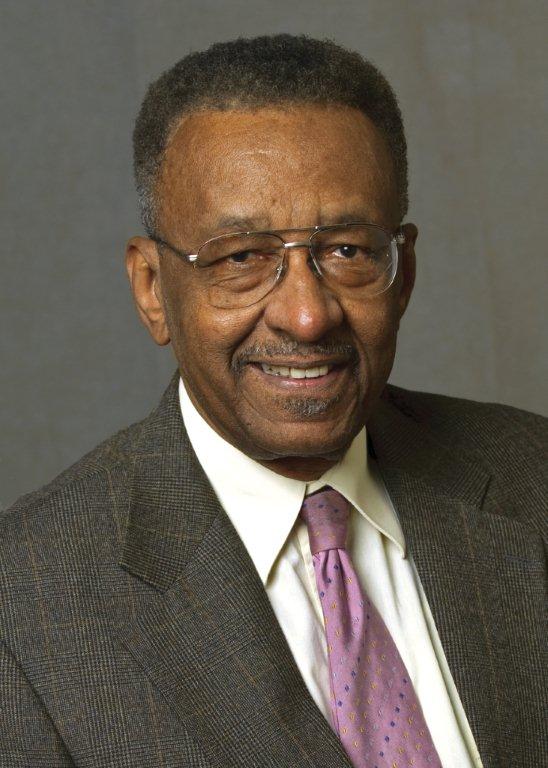Last week, the House voted 324 to 101 to make it easier for Americans to import lower-priced prescription drugs sold in Canada and Europe for their own use. It rejected a more sweeping proposal to allow such imports by drug wholesalers and pharmacies. The fact of the matter is that U.S. manufactured drugs sell for 30 percent to 70 percent less in Canada, though the pills might have a different color and shape. Is Congress doing us a favor, particularly if they vote to permit wholesalers and pharmacies to import the cheaper drugs? Let’s look at it, but first let’s look at similar pricing practices. Children typically fly at half the adult fare, and that can’t be explained by saying it’s only half as costly to fly a 100 pound 12-year-old from New York to Los Angeles. From Philadelphia to Boston, Amtrak charges adults $74, senior citizens $63 and 2- to 15-year-old children $37. Economists call this price discrimination – a practice where different people are charged different prices when the difference in price cannot be fully accounted for by differences in cost. There are numerous examples of various kinds of price discrimination: movies charge lower prices for matinees than evening performances, telephone companies charge lower prices for night calls, many colleges charge non-residents higher tuition than residents, whiskey or clothing manufacturers might charge lower prices for their off-brand products that are similar to the products bearing their brand name. Would anyone in their right mind want Congress to enact a law requiring that airlines charge adults the same prices charged children? It would guarantee airline bankruptcy. It’s the same with the pharmaceutical industry. Let’s look at it. Once a drug is produced, the cost of an additional pill is very low. The real cost of a new drug lies in developing it and getting it through the Food & Drug Administration’s (FDA) regulatory hurdles. FDA requirements cost drug companies an average of $800 million per drug, and then, according to a Tufts University study, only three in 10 drugs produce sales sufficient to allow the companies to recoup their development and FDA approval costs. Then there’s a class of drugs known as “orphan drugs” that don’t make it to the market. These are drugs effective in the treatment of a rare disease, but coupled with FDA approval costs, their expected sales make them a losing economic proposition for the drug companies. Though pharmaceutical CEOs lack the moral courage to say so, the drug price difference between the United States and Canada is simply price discrimination not unlike the thousands and thousands of other cases of price discrimination. In order to practice price discrimination, sellers must be able to separate markets to prevent arbitrage – buying cheap and selling dear. In the case of airlines, they must prevent adults from using children’s tickets. In the case of drug companies, they must prevent re-importation either through contracts or law, then they can charge foreigners drug prices that only have to cover the incremental costs of manufacture and distribution. Instead of making this argument, pharmaceutical CEOs have their lobbyists descend on Congress with the largely bogus argument about safety concerns related to Americans purchasing drugs from Canada. But given broad economic ignorance in Congress and among many Americans, talking about price discrimination might be hopeless. If Congress enacts laws preventing price discrimination, both foreigners and Americans will lose because it will reduce the profitability of drug manufacture and hence drug development incentives. I ask you which is preferable: a life-saving drug at a high cost or no life-saving drug at all? Americans would be much better served by trying to do something about FDA’s costly approval process.

Walter E. Williams
Bradley Prize Winner 2017
Professor of Economics.
wwilliam@gmu.edu
(703) 993-1148
D158 Buchanan Hall
Department of Economics
George Mason University
Related Sites:
The homepage of George Mason University.
Homepage of the Department of Economics at GMU.